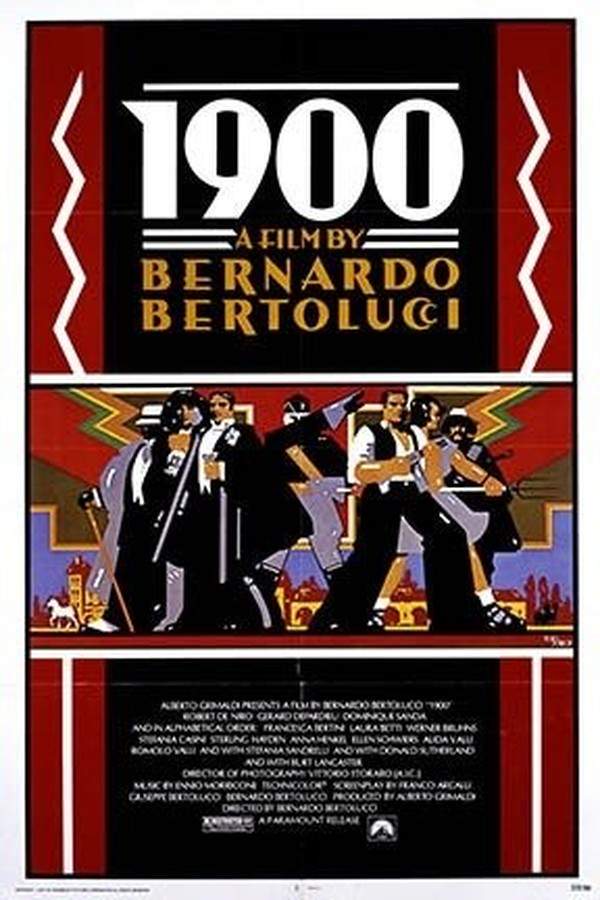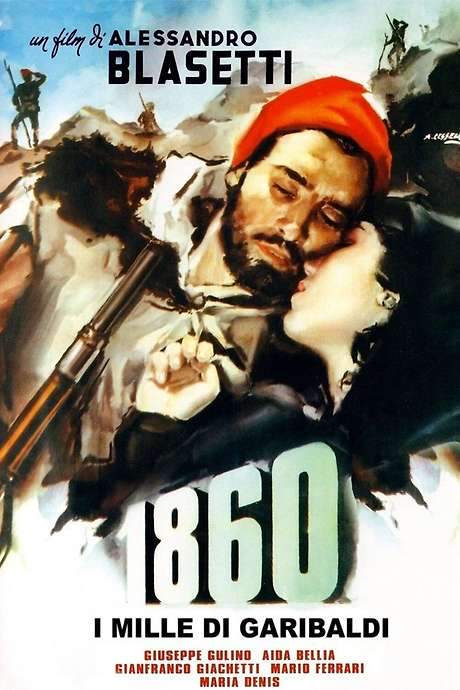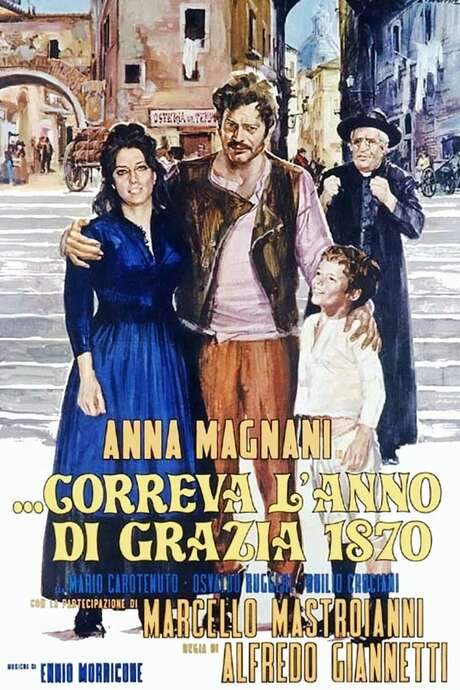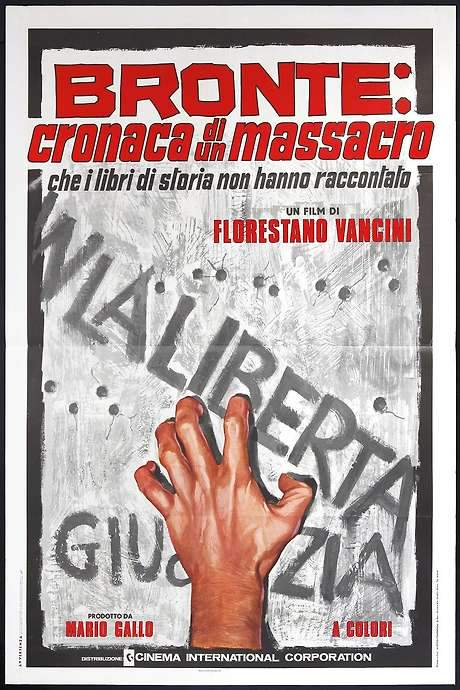
The Leopard
Year: 1963
Runtime: 186 mins
Language: Italian
Director: Luchino Visconti
Set against Garibaldi’s 1860s campaign to unify Italy, the film follows the aristocratic Salina family as they reluctantly confront sweeping social change. Proud yet pragmatic Prince Don Fabrizio Salina consents to his nephew Tancredi’s marriage to Angelica, the beautiful daughter of the bourgeois Don Calogero, hoping the union will preserve the family’s comfort and political influence.
Warning: spoilers below!
Haven’t seen The Leopard yet? This summary contains major spoilers. Bookmark the page, watch the movie, and come back for the full breakdown. If you're ready, scroll on and relive the story!
The Leopard (1963) – Full Plot Summary & Ending Explained
Read the complete plot breakdown of The Leopard (1963), including all key story events, major twists, and the ending explained in detail. Discover what really happened—and what it all means.
In Sicily in the year 1860, Don Fabrizio Corbera, Prince of Salina, [Burt Lancaster] enjoys the quiet comforts that come from a long lineage and the privileges of a noble class. War has erupted between Francis II of the Two Sicilies and the insurgent redshirts led by Giuseppe Garibaldi. Among the rebels is the Prince’s nephew, Tancredi, [Alain Delon] whose budding romantic politics and restless energy become a touchstone for the old order. As the clash intensifies, the Prince travels to Palermo, where the city and its rulers feel the tremors of a changing Italy. Garibaldi’s forces seize power and begin a drastic reordering of Sicily, yet the Prince quietly contemplates the paradox at the story’s heart: change is real, the middle classes rise, and appearances can remain remarkably intact. Refusing to bend with the tide of history, he withdraws to his beloved summer palace at Donnafugata, choosing a contemplative distance over public engagement.
A new national assembly harvests a landslide plebiscite, a victory secured in part by the influence of the town’s influential Don Calogero Sedara, [Paolo Stoppa], a man whose corruption and ambition underscore the moral rot more than any ballot box. Don Calogero arrives at the Corberas’ villa with his daughter Angelica, [Claudia Cardinale] whose beauty instantly captivates both the Prince and Tancredi. The allure sparks a subtle but powerful shift: Tancredi moves to pursue a match that promises wealth and security, a calculation the Prince accepts with a wary nod, seeing in his nephew not merely a family heir but a future Italian player who could thrive by aligning with new power. The engagement is arranged with the blessing of both families, a quiet acknowledgment that the old guard is quietly reconfiguring its alliances to survive a transformed political landscape. The Prince, in his measured way, recognizes that Tancredi’s ambition might be the kind of talent a new Italy rewards, while wondering what this means for the family’s centuries-old prestige.
Into this mix steps Cavalier Chevalley, a representative from the Kingdom of Sardinia, who visits the Prince’s villa with the aim of coaxing the aged aristocrat into the new Senate of Italy. The Prince, with characteristic tenderness and irony, declines the invitation, arguing that Sicily clings to tradition far more tenaciously than any modern state apparatus pretends to—a land where old rituals and memories hold sway even as the political map redraws itself. He predicts that the coming rulers will be bureaucrats rather than noble captains, a transition he imagines as a species of predatory change. Yet he also acknowledges a nobility of spirit, imagining Don Calogero Sedara as a more fitting senator for the new order, a practical choice that underlines the Prince’s belief that power should fit the terrain.
The Corbera clan then hosts a grand ball at a neighboring prince’s villa, a moment that marks Angelica’s debut into high society. The Prince, wandering from room to room with a mix of melancholy and irony, seems to watch a medieval theatre he no longer recognizes as his own. Angelica eventually approaches and asks him to dance, momentarily rekindling the elegance and charm of the young man he once was. For a fleeting moment, he is reminded of his former self, the leader who could still command a room with a single, precise gesture. But the spell breaks quickly; the sense of a world turning inexorably onward returns, and the Prince’s disenchantment deepens as the night wears on.
At dawn, the Prince leaves the ball alone, stepping into the quiet, empty streets with a heavy, introspective gait. He lets a priest pass by on his way to administer last rites, a small lived ritual of faith amid shifting times. As he walks, he pauses to contemplate the fading past he feels he belongs to, entering a dark alley that stands as a kind of symbolic threshold for Italy itself—the old life slipping away even as the surface of society keeps a semblance of its previous order. The walk is quiet, somber, and deeply reflective, underscoring the Prince’s belief that true continuity resides not in outward appearances but in an enduring sense of identity that cannot be easily erased by political upheaval.
Throughout this unfolding drama, the characters grapple with loyalty, power, and the slow erosion of an aristocratic way of life. The film’s tone remains measured and observant, treating grand historical forces with a calm, humane curiosity. The Prince’s sharpened view of change—seeing it as both an inevitable tide and a test of personal integrity—gives the narrative a quiet moral center, even as love, ambition, and duty pull the story into intimate, human depths. The result is a richly textured portrait of a society in transition, where dramatic events are filtered through the prisms of family legacy, personal choice, and the stubborn persistence of tradition.
Last Updated: October 09, 2025 at 09:29
Unlock the Full Story of The Leopard
Don't stop at just watching — explore The Leopard in full detail. From the complete plot summary and scene-by-scene timeline to character breakdowns, thematic analysis, and a deep dive into the ending — every page helps you truly understand what The Leopard is all about. Plus, discover what's next after the movie.
The Leopard Timeline
Track the full timeline of The Leopard with every major event arranged chronologically. Perfect for decoding non-linear storytelling, flashbacks, or parallel narratives with a clear scene-by-scene breakdown.

Similar Movies to The Leopard
Discover movies like The Leopard that share similar genres, themes, and storytelling elements. Whether you’re drawn to the atmosphere, character arcs, or plot structure, these curated recommendations will help you explore more films you’ll love.
Explore More About Movie The Leopard
The Leopard (1963) Scene-by-Scene Movie Timeline
The Leopard (1963) Movie Characters, Themes & Settings
The Leopard (1963) Spoiler-Free Summary & Key Flow
Movies Like The Leopard – Similar Titles You’ll Enjoy
1900 (1977) Plot Summary & Ending Explained
I Vicerè (2007) Film Overview & Timeline
The Fall of Italy (1981) Ending Explained & Film Insights
Lion of the Desert (1980) Spoiler-Packed Plot Recap
The Sicilian (1987) Plot Summary & Ending Explained
’o Re (1989) Complete Plot Breakdown
Christ Stopped at Eboli (1979) Complete Plot Breakdown
The Bandit of Tacca del Lupo (1952) Full Movie Breakdown
The Sons of the Leopard (1965) Ending Explained & Film Insights
1860 (1934) Spoiler-Packed Plot Recap
This Kind of Love (1972) Plot Summary & Ending Explained
1870 (1972) Plot Summary & Ending Explained
Liberty (1972) Ending Explained & Film Insights
Prince of Foxes (1949) Ending Explained & Film Insights
The Leopard (1000) Complete Plot Breakdown

















